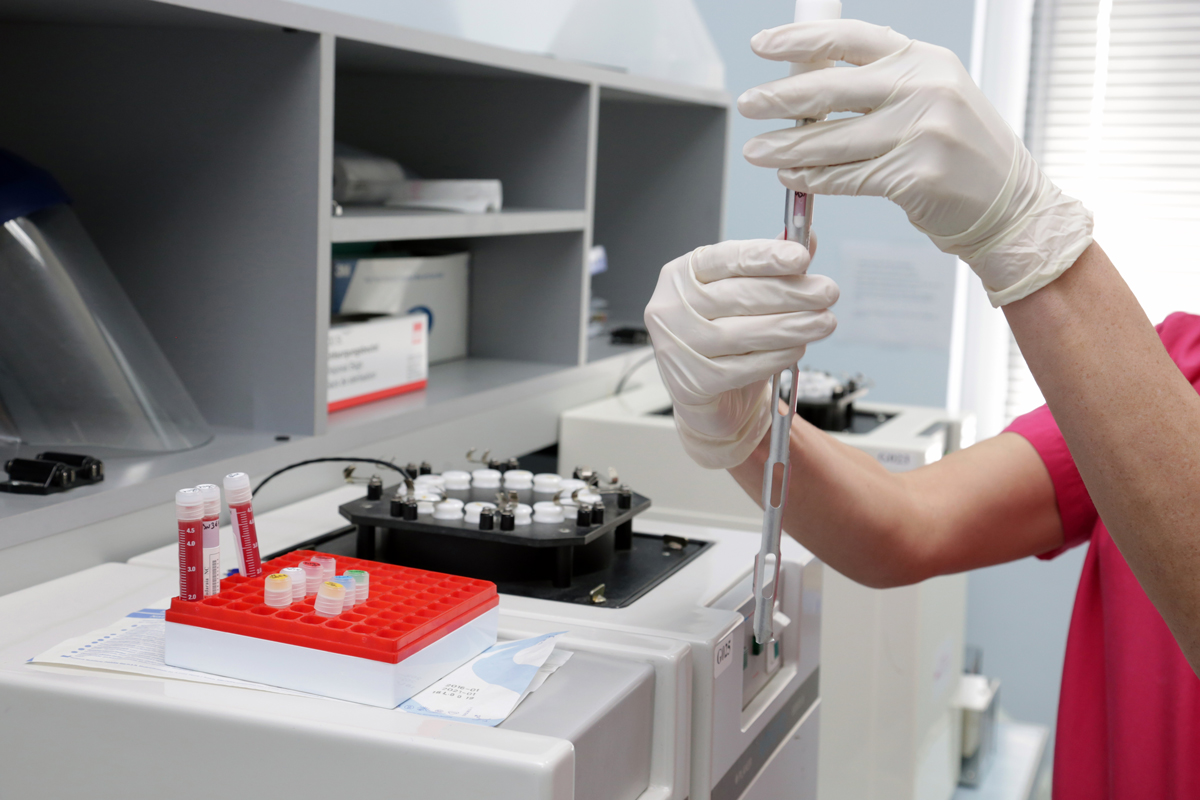Autism is better known as Autism Spectrum Disorder (ASD) and is a complex medical condition for which there is currently no known cure. The reason for its complexity is that it is a physiological disorder that combines both physical symptoms as well as behavioral ones, and the exact interaction between these two areas is still not precisely understood. For example, ASD diagnosed children often have associated gastrointestinal conditions as well, but it is not yet known whether the GI conditions are a cause or side-effect of the ASD.
On the other hand, the behavioral symptoms of ASD are quite well known as they have been frequently exaggerated in the media from dramatic effect. The “idiot savant” phenomenon, people with social interaction difficulties, and those with seemingly unprovoked aggression problems are all examples of different behaviors that fall along different portions and degrees of seriousness on the autism spectrum.
Because of this, there are many different ways to approach treating children with ASD. Milder forms of ASD, for example, may need to be managed with certain forms of behavioral therapy, such as speech therapy to teach children more conventional communication habits. In more extreme cases, medication may be advised such as a prescription of antipsychotics.
Because ASD is still not well-understood, and research continues into the exact nature and mechanisms of the disorder different types of treatment are still being researched and carried out. One of them, though it is still not considered a cure, is getting some promising results, and is known as stem cell therapy.
What Are Stem Cells?
Stem cells have a nickname, which is “master cells,” because, in some ways, they are the basic building block of human growth. For mature humans, when we require a replacement of some portion of our body, such as needing more blood, after getting a cut and bleeding out, we need to replace those lost blood cells. Growing more blood cells occurs within blood cells themselves reproducing. We can’t grow new blood cells from lung cells, though we might be able to grow new lung cells from lung cells. In the same way, if we need more new brain cells, those can only come from another brain cell.
Stem cells, however, can grow into whatever cells are required. This is how we develop in the uterus from simple cells that eventually specialize in more specific cells like skin cells, blood cells, and liver cells. Stem cells not only can grow into any cell required, but their presence can also stimulate the growth of existing cells to reproduce.
What Is Stem Cell Therapy?
Stem cell therapy is a well-established form of treatment for some types of illness already. Because of the versatility of stem cells, they can be used as “spare” or “replacement” cells to help a part of the body to grow, and stem cell therapy is already an effective treatment for some very serious conditions such as leukemia, a type of cancer that affects blood cells.
With stem cell therapy, the introduction of stem cells both acts to replace lost cells, as well as encourage the body to grow more of those missing cells itself. Stem cell therapy is now being administered and researched in other areas as well, and stem cell therapy for autism is one of those areas.
How Does It Work?
Stem cell therapy for autism requires stem cells to be administered. However, as with any transplant of a portion of the body, there must be a certain amount of compatibility for the transfer to be successful. Someone with a different blood type from a recipient, for example, would have that blood rejected by the recipient, and so a blood transfusion in such a case would be dangerous, not helpful. Stem cell therapy works the same way.
The best stem cells for use in stem cell therapy originate from the patients themselves. In some cases, this may mean that a mother, upon giving birth to a child, was given the option to store the blood from the umbilical cord, since “cord blood” as it is called, is incredibly rich in stem cells. If cord blood is not available for retrieval, there are stem cells located within even mature adults, but these are located in the bone marrow, and so harvesting them requires extra care and procedure.
Stem cell therapy takes place by transferring stem cells either intravenously, or intrathecally. Intravenously means that stem cells are administered through a needle that is injected into a vein, either through an IV drip, or a needle. Intrathecally means that the stem cells are administered through an injection into the spinal cord.
In either case, it is important to make sure that parents consult with medical professionals before trying stem cell therapy for autism. Not every ASD child is necessarily an ideal candidate for this type of treatment, so it’s important, for the health and safety of the child, get a professional medical opinion about the viability of this treatment.


